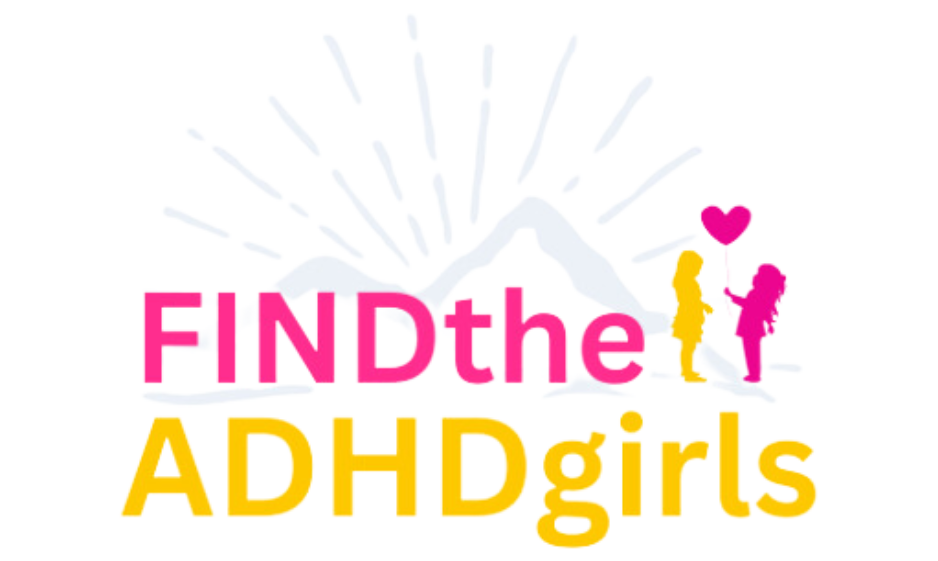A Personal Perspective by Dana Dzamic, an ADHD parent and consultant...
As a mom to a daughter with ADHD, I understand how confusing it can be to figure out whether your child’s quirks are just part of growing up or something that needs more attention. I’ve been there, questioning my own experiences before I was diagnosed with ADHD as an adult. Watching my daughter, I would catch myself asking the same questions: Is this just normal behavior or is it something more?
Trust me. If you’re struggling with this, you’re not alone. It’s hard to know where that line is, especially when kids are naturally full of energy and impulsive at times. But I’ve come to realize that while all kids may be forgetful, distracted, impulsive or a little hyper sometimes, ADHD takes these behaviors to a whole new level. Let’s break it down.
Understanding ADHD Symptoms in Children
I wasn’t diagnosed with ADHD until adulthood, so it is only in looking back that I recognize the signs of my ADHD. But with my daughter, the signs were obvious from the start. The constant need to move, difficulty sitting still, blurting out thoughts before thinking, and often sensitive and upset—they weren’t just “phases” or “typical toddler behavior.” They were the telltale signs of ADHD.
But even though I was well informed about ADHD, I still found myself second-guessing. Was I overreacting? Were these just normal kid things? It’s easy to doubt yourself. After all, every child can be full of energy or distracted at times, right? So how do we know when it crosses that invisible line into ADHD?
ADHD vs Normal Behavior: How to Tell the Difference
 All kids can be a little inattentive, hyperactive, or impulsive as part of growing up. But when does it go from being a “quirk” to something that needs professional help? In my daughter’s case, it was the consistency and intensity of the behaviors that made it clear something more was occurring.
All kids can be a little inattentive, hyperactive, or impulsive as part of growing up. But when does it go from being a “quirk” to something that needs professional help? In my daughter’s case, it was the consistency and intensity of the behaviors that made it clear something more was occurring.
For example, most kids have trouble sitting still on long car rides—who wouldn’t? But for some children with ADHD, even sitting down for short periods can feel like an impossible task. While other kids might eventually settle down, the restlessness of ADHD children often persists through most activities. Similarly, while it’s common for kids to forget their homework once in a while, a more inattentive child with ADHD might consistently forget to bring their assignments home, leave their backpack behind at school, or even lose track of entire conversations. Their atypical behaviors are not just a passing phase; they start affecting their ability to function in school, at home, and socially, creating challenges that go beyond what’s expected for their age.
Recognizing ADHD Behaviors in Children: Key Differences
If you’re wondering whether your child’s behavior is more than just typical childhood mischief, look for patterns in three key areas: intensity, frequency, and duration.
With ADHD, these behaviors tend to be stronger, more persistent, and happen in multiple settings. For example, their meltdowns are not occasional—they are frequent and long-lasting. No matter what you try, your child struggles to calm down, sometimes taking hours for them to settle. For instance, a simple request to turn off the TV might lead to an intense emotional outburst that feels disproportionate to the request. Outbursts occur, not matter the location, home, a friend’s house, or even in public spaces, like the grocery store.
The second major difference is the impact on daily life. While all kids might lose focus now and then or forget to do something, for children with ADHD, these challenges interfere with their ability to learn, play, and interact with others. For some children with ADHD, struggles with focus and impulsivity make it difficult to sit through activities like a music lesson, and impulsivity can impact their friendships, often leading to frustration for both the child and those around them.
Cultural Differences in Perception of ADHD
 The way ADHD symptoms are recognized and addressed can vary greatly across cultures. In some countries, behaviors like hyperactivity or impulsivity might be seen as a lack of discipline or even positively as creativity, while in other countries these behaviors are quickly identified as symptoms of ADHD. For instance, in the United States, ADHD is one of the most diagnosed neurodevelopmental conditions in children, with prevalence rates around 9-10%.
The way ADHD symptoms are recognized and addressed can vary greatly across cultures. In some countries, behaviors like hyperactivity or impulsivity might be seen as a lack of discipline or even positively as creativity, while in other countries these behaviors are quickly identified as symptoms of ADHD. For instance, in the United States, ADHD is one of the most diagnosed neurodevelopmental conditions in children, with prevalence rates around 9-10%.
However, in other countries like Norway, the rate is closer to 5%. The rate depends on differences in diagnostic criteria, awareness and recognition, the structure and demand of the educational system, and economic factors, with wealthier countries reporting higher rates because of more resources dedicated to health services. The rate disparity may result from cultural attitudes toward behavior and parenting styles. In some Asian cultures, symptoms like inattentiveness may be underreported or viewed as a normal part of childhood development, which can delay diagnosis and support. Understanding the reasons for the variations in diagnostic rate is crucial for parents navigating the ADHD landscape in different parts of the world.
When to Seek Professional Help for ADHD in Children
If your child’s concerning behaviors seem more intense or frequent than their peers and negatively are affecting their day-to-day life, it’s important to seek professional guidance. Start talking to your pediatrician who can help or can refer you to a specialist for a thorough assessment.
The process involves interviews, behavior assessments, and possibly some cognitive testing. Depending on the country and whom you see for an evaluation, it can be detailed and, honestly, a bit overwhelming. ADHD often occurs alongside other conditions like anxiety or learning difficulties, so getting a proper diagnosis is crucial for figuring out the best way forward.
For my daughter, the diagnosis wasn’t just ADHD—it also revealed sensory processing challenges we hadn’t recognized. Armed with this information, we put together a more tailored plan that included therapy and educational support to meet her unique needs.
Supporting a Child with ADHD: Practical Tips for Parents
 Once you understand what’s going on, the real work begins. As a parent, your role in supporting your child is huge—and full of ups and downs. Some days will be tough. There were times when I’ve doubted myself or was overwhelmed by the challenges. But over the years, I’ve learned strategies to help.
Once you understand what’s going on, the real work begins. As a parent, your role in supporting your child is huge—and full of ups and downs. Some days will be tough. There were times when I’ve doubted myself or was overwhelmed by the challenges. But over the years, I’ve learned strategies to help.
Routine is key. Having a consistent structure that breaks tasks into smaller, manageable steps helps my daughter stay on track. Finding creative ways to use her boundless energy—whether through music, dance, trampolining, or hands-on learning—has been incredibly beneficial.
But my biggest learning is: ADHD isn’t a flaw or a failure. It’s simply a different way of thinking and experiencing the world. With the right tools, understanding, and patience, your child will thrive. I’ve seen my daughter emerge in ways I never expected. She’s incredibly creative, and resilient, and brings a passion to everything she does that is truly inspiring.
Parenting a Child with ADHD: You’re Not Alone
If you’re reading this and feeling overwhelmed by the journey ahead, know that you’re not alone. Trust your instincts. Reach out for support. ADHD can be tough, but it can also be an opportunity to learn more about your child’s unique abilities and strengths.
Whether it’s finding the right support at school, working with therapists, or simply learning to navigate each day with more patience and flexibility, there is hope on the horizon. Together, we can ensure that every child with ADHD has the chance to reach their full potential.
So, take a deep breath, trust yourself, and keep moving forward. You’ve got this.


